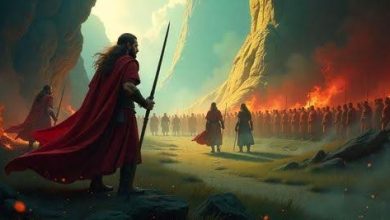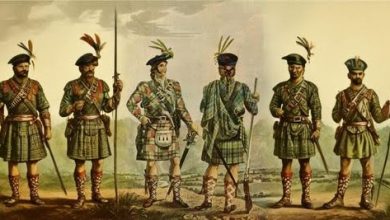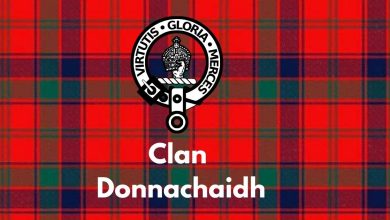The Celtic Roots of Halloween in Scotland
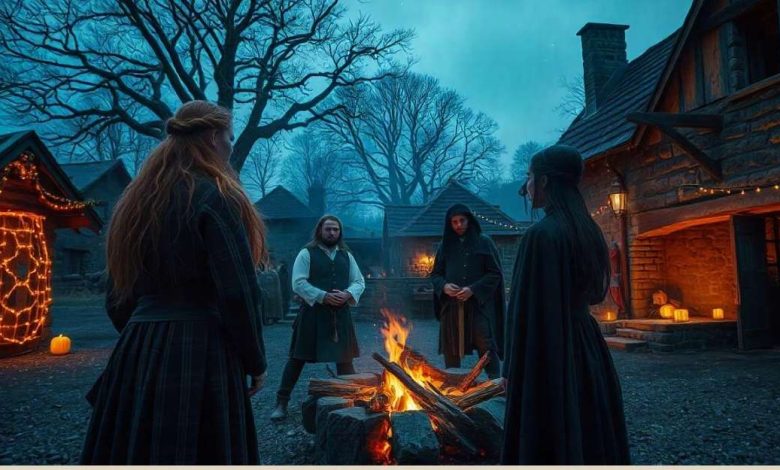
Many festivals and events are celebrated every year in Scotland, including Halloween. Scotland’s history has been full of folklore, deities, and spirits. If we mainly talk about Halloween, we find its origin in the Celtic era known as Samhain. In this article, we are going to talk about Halloween and its roots in Scotland. We will also let the readers know about some traditional celebrations of this event in Scotland.
What is Halloween?
Halloween is a traditional event that Scots and other Celtic nations celebrate every year on the 31st of October. The event aims to say farewell to summer and autumn while positively welcoming winter seasons.
When we talk about the roots of this event, we see many Celts observing it 2000 years back. Its name was “Samhain,” which means the summer end. The specific term or event “Halloween” was started in the 16th century in Scotland. Some people with insufficient knowledge about this event consider Samhain and Halloween the same. However, Halloween is said to be the new form of Samhain since some differences exist between them.
Difference between Halloween and Samhain
Whenever we talk of Samhain, an event named Halloween spikes in our minds. The common reason is their close association with each other. As already mentioned, some differences still exist and set them apart to a minor degree. Here are those differences.
Historical Differences
The first thing that distinguishes them is their history and place of origin. Samhain began 2000 years ago in Celtic nations. On the other hand, Halloween in Scotland is not that old but started in the 16th century as a new form of ancient Samhain.
Belief Differences
Another major difference between these events lies in their belief systems. According to Celts, the barrier between death and life thins at night, and some practices are obligatory. The supernatural belief system also remains the same in Scots, but they do not accept the barrier thinning concept.
Admiration Differences
Undoubtedly, this night means to bring good luck and fortune to the winter; still, some differences are common. Let us explain with an example: Celtis praised their gods on this event to keep them safe from any kind of mishap. Christians are Saints followers and they remember their saints such as Jesus Christ, St. Andrew, St. Patrick, etc, on this event.
Impact of Christianity on the Roots of Halloween
The impact of Christianity on Samhain, or ancient Halloween, is quite interesting in Scotland. When Christianity started to spread across Europe, some Christians intentionally changed the dates of Celtic events with their own ones. That’s how the 1st of November became “All Saints” or “All Hallows” day. They made this day to remember their martyrs or saints.
With time, the concept of Samhain changed in the minds of Christians. Some believed Samhain to be the night of evil and refused it, and started promoting Halloween. Similarly, a group accepted this old Celtic event as a fun source to make the families happy. The third group thought Halloween (Samhain) was their event. They believed that Jesus Christ aimed to redeem things, including Halloween.
Role of Robert Burns on Halloween in Scotland
Robert Burns was a famous Scottish poet and lyricist whose poetry was full of history about Scottish traditions and folklore. His Poem “Halloween,” written in 1875, made the Scots admire this traditional event. In this poem, he talked about various pranks and practices of Scottish county folklore regarding Halloween.
Celebrations of Halloween
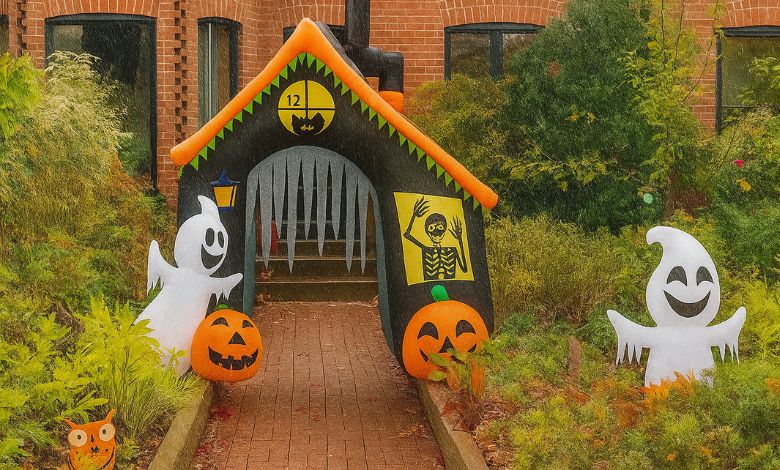
Celts had their own ways of observing different events, and they did the same with Samhain. Halloween celebrations are quite popular throughout Europe, so they meet contemporary requirements as well. Here are some ways that Scots introduced Halloween or traditional Celtic Samhain.
Scottish Halloween Party
Scots usually organize Halloween parties every year; these parties do not comprise a single part but many. Some common traditions in the parties are:
- Apple Dookin
- Guising
- Neep Lanterns
- Kale Pulling
- Turnip Lanterns
All of these party parts are celebrated for fun purposes and enjoyment. Apple Dookin is an interesting activity in which players have to grab floating apples without using their hands. Similarly, during the 19th century, making jack-o-lanterns on turnips became very popular.
Wearing Traditional Attire
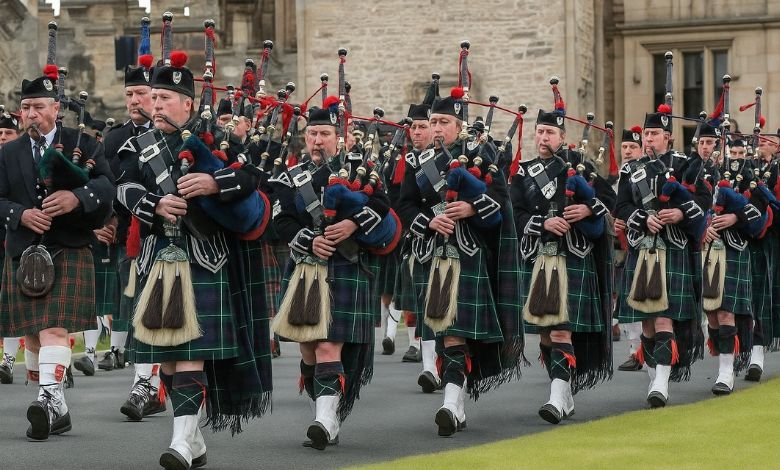
Scotland is known to have many ancient entities, such as Halloween, which is our primary topic today. Similarly, their traditional attire, including kilt outfits, kilts for men, and other attachments, complete the traditional attire and ensure wearing a traditional dress at every event, whether conventional or contemporary.
Halloween bonfires
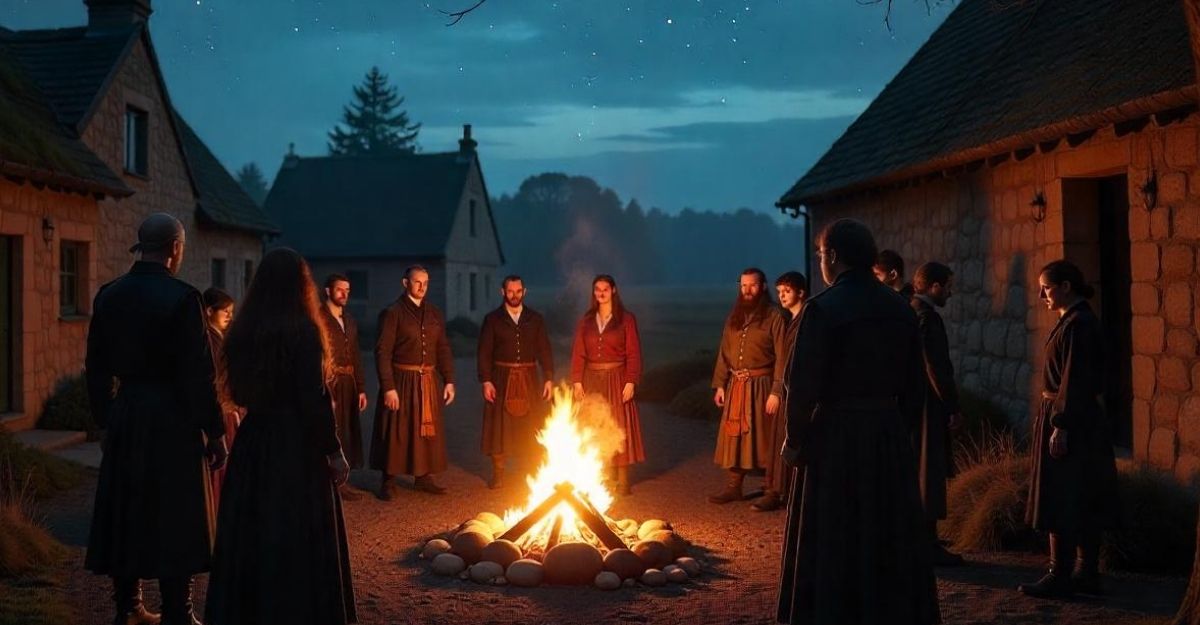
We have already said that Halloween celebrations are supernatural in Scottish societies, as the Celts believed. Celtic bonfires and their connection with fire on specific events are quite popular worldwide. The same is the story with Scots; they believe that organizing bonfires on Halloween night flies away the spirit of evil and does not let bad luck knock on the doors.
Conclusion
Halloween is a tradition that began almost 2000 years ago in the Celtic era and is named “Samhain.” It remained the same name throughout the entire world until the 16th century, but Christianity in Scotland impacted it. The Christian’s belief in this event then was quite interesting since they were divided into three segments: rejectors, acceptors, and people who took it as fun. Robert Burns wrote poems about this event, which clicked with people, and they continued celebrating it as a Celtic tradition in Scotland. The story continues. Today, the commemoration of this event is pretty common there. In this era, Scots consider Halloween to be the new edition of Samhain with some contemporary practices.

